Focus · China-Japan carbon fiber game
 Jun 04, 2019|
Jun 04, 2019| View:2017
View:2017The carbon fiber is an inorganic polymer fiber having a carbon content of more than 90%, and is a microcrystalline graphite material obtained by stacking organic fibers such as flake graphite crystallites in the axial direction of the fiber and carbonizing and graphitizing. Its density is usually between 1.5 and 2 grams per cubic centimeter and its mass is lower than that of aluminum. However, its strength is higher than that of steel, and it is more resistant to corrosion and high modulus. It has become the most important material in all industrial fields today. Due to its fibrous filament structure, carbon fiber combines the soft processability of textile fibers. Since the beginning of the new century, its importance in engineering and manufacturing has increased.
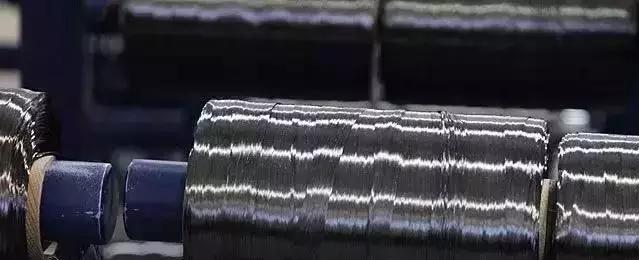
For carbon fiber materials, TensileStrength and Tensile Modulus are the two most important indicators.
----Intensity and modulus
So, what do the “strength” and “modulus” of carbon fiber mean? The most popular saying is that the higher the strength of the filament, the less likely it is to be broken. The higher the modulus, the more "silk" the filament is and the less flexible it is. Conversely, if the modulus is low, the silk will appear "soft".
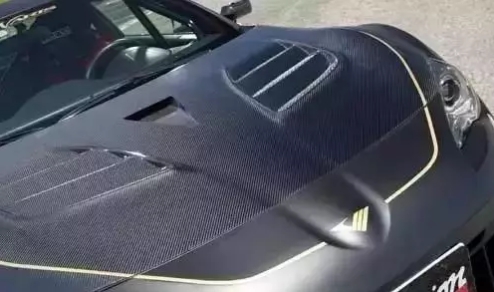
At present, the mainstream carbon fiber wire, its model or label TXXX, usually with high intensity as the main feature, or written MXXJ, then take the dominant mode. The higher the two labels, the higher the material. The former is currently the highest specification for mass production, the T1000 type, and the latter is currently the high specification mainstream M60J.
In general, two properties of elastic fiber filaments cannot be used alone. In production and processing, it is generally mixed according to its use and in different proportions. In the current popular carbon fiber frame for automobiles, the T1000 fiber is surprisingly strong, but it is too soft and difficult to form due to its insufficient modulus. Therefore, when actually processing the full carbon fiber frame, it is necessary to mix a certain proportion of M60J fiber. On the contrary, although the M60J is firm, the actual strength index is insufficient, so it cannot be processed separately.
According to the current laws and regulations of the United States and Japan, any carbon fiber material with a specification higher than T800 and M60J (inclusive) is strictly prohibited from exporting to China.
----The game under the counter
Twenty years ago, when carbon fiber materials began to be industrialized in large quantities, from the 1970s, the polyacrylonitrile carbon fiber of Toray Co., Ltd. of Japan had two series of high strength and high modulus. In terms of technology at the time, it is technically difficult to achieve high strength and high modulus of carbon fiber at the same time. As the saying goes - fish and bear's paw, can not have both.
However, since the end of the last century, with the advent of the MJ series, this problem seems to have been resolved. Although the carbon fiber of the MJ series is still mainly based on the modulus coefficient, it has been improved in terms of strength compared with the previous pure modulus products.
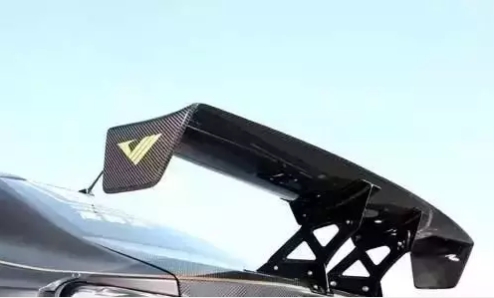
A super sports car made of carbon fiber material. The materials used for the body and components are made of carbon fiber blended in MJT. The above characteristics also make the control of MJ series carbon fiber materials in the US and Japan more practical than the T series. According to related research, the biggest feature of MJ products is that there are grooves on the surface of the fiber.
At present, the total scale of the world carbon fiber industry has reached an annual total output of more than 40,000 tons. With the gradual upgrading of China's industry and the increasing demand for high-performance materials, the annual demand for carbon fiber materials in China has exceeded 4,000 tons. Among them, various types of high-strength models that can be used in aircraft and spacecraft are the most demanding. However, the core technology of carbon fiber materials is still monopolized by Japan, the United States, and Germany. Its commercial production capacity is also concentrated in the hands of a few companies in the above countries.
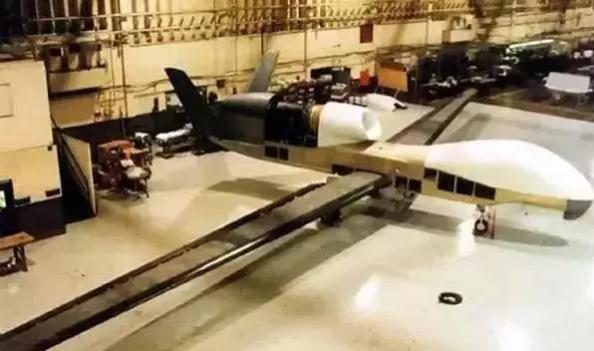
Carbon fiber is an important material for its ultra-long, ultra-thin wing
In recent years, in order to curb the strengthening of China's national strength and the research and development of various key national defense equipment and technologies, the United States and Japan have strictly implemented the policy of embargoing high-end carbon fiber products and strictly blocking various production technologies. Anyone who dares to break the ban to deliver this valuable strategic material to China is subject to the most severe punishment. In addition, in the middle and low-end products, many foreign industry leaders have successively landed in the Chinese market, creating strong competitive pressure on local companies that are striving to grow. Under the above background, although the Chinese government has greatly strengthened the guidance and support for the carbon fiber industry, under the current technical gap, the breakthrough path of domestic carbon fiber is still rough.
----Target - Toray!
Carbon fiber was once a field that China has long neglected. Since the 1980s, only a few institutions and research units have been working on R&D with a very limited amount of funds. So, what is the level at the time? In 2007, a domestic laboratory was able to produce a T300 grade 3K carbon fiber. WJB was moved and praised after the visit: 30 years of grinding a sword! However, T300 products, even in 2007, are only low-end products in the industry... Well, after entering the new century, with the full take-off of the Chinese economy, the problem of financial difficulties has been greatly alleviated. After the launch of the 12th Five-Year Plan, hundreds of billions of funds poured into the carbon fiber field following the State Council’s order. In a short period of time, more than a dozen carbon fiber production companies located in various parts of the country have been established, and the entire industry seems to be formed overnight.
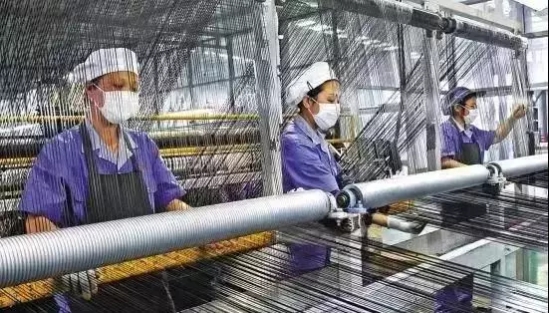
Intensive investment has increased the capacity of relevant domestic industries in a relatively short period of time. Five years later, the production capacity and quality of domestic products have been comprehensively improved. A number of news from the public channel pointed out that after the completion of the 25-ton T800 pilot production line in 2012, China's first 1,000-ton T800 raw carbon fiber production line was laid in March 2014 in Zhenjiang New District, Jiangsu. The total investment of the project is 600 million, and it was officially launched a few days ago. And its goal is to directly point to today's leading companies in the industry, Japan Toray Corporation!
As Chinese officials are investing in solving the problem of carbon fiber materials, they are also optimistic that the first domestic 1000-ton T1000 carbon fiber production line and 100-ton MJ series high-strength high will be built in 2020. Modular carbon fiber production line. At the same time, the industrialization of higher performance fibers such as the T1200 and M70J grades will be carried out.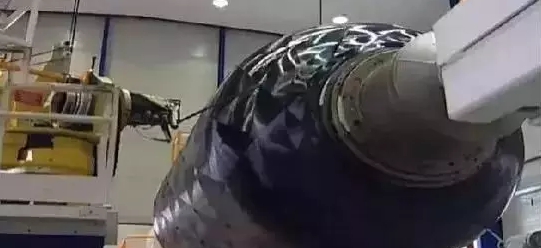
After finishing the planning, some people may not help but ask: At what level is the domestic mainstream domestic carbon fiber?
The SYT45 type, which was mass-produced in 2012 by Zhongfu Shenying, has a tensile strength of 4.5 GPa or more and a modulus of about 240 GPa according to the published materials in 2014. Compared with Japan Toray's products (tensile strength 4.9 GPa), there is a gap of about 10%. In 2014, Zhongfu Shenying already had SYT49/SYT50 (at the time it could not be mass-produced at the time), and its tensile strength reached 4.9GPa/5.0GPa.
In the MJ series of carbon fiber, at the beginning of 2016, the Ningbo Materials of the Chinese Academy of Sciences took the lead in realizing the preparation of M55J high-strength and high-mode carbon fiber. After the process verification and stabilization technology development, it initially had a small batch of stable production capacity; on this basis, In March 2018, Ningbo Materials Institute successfully broke through the M60J grade carbon fiber preparation technology.
As can be seen from the above domestic progress, the pace of progress of Chinese companies in this field is satisfactory. However, even so, we are still far behind Japan. When we started to produce T800 products stably, Toray has already started to produce T1100 products. Although the M60J carbon fiber preparation technology has achieved breakthrough, it is far from Dongli M65J and M70J. There are still significant gaps in fiber performance and mass production...
----Development technology is like sailing against the water
Time to enter 2016, Japan's once proud of the home appliance industry, has been killed by Chinese companies to a total collapse. But whether Japan’s national movement will really decline from this, there are still many undecided numbers. Among them, the new material technology represented by carbon fiber materials will be a key industry supporting Japan to continue to stand among the world's powers.
Japan’s advantages in this field are enormous. On January 14 this year, the Japanese side announced that it has developed a new process that can increase the production efficiency of polyacrylonitrile-based carbon fiber by 10 times and reduce the energy and CO2 emissions required for production.
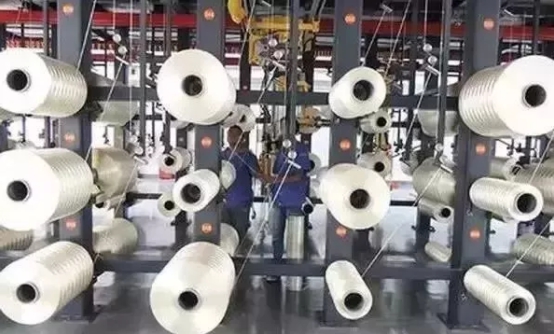
The new manufacturing process developed this time is in the research and development of innovative new structural materials such as the material and joint and technology comprehensive development project aimed at reducing the weight of automobiles by the technology comprehensive development organization (NEDO) of Japan's new energy industry. Centered on the University of Tokyo, it was jointly developed with the Japan Industrial Technology Research Institute, Toray, Teijin, Toho Texex (Teijin) and Mitsubishi Rayon. The four companies mentioned above have a global share of 65% in the field of polyacrylonitrile carbon fiber in 2014.
Undoubtedly, the accumulation of the skills of the second half of the second world war, Japan's material technology industry in the future for a long time, can still form a certain technological advantage for China. The game in this new material field is likely to continue for decades.








